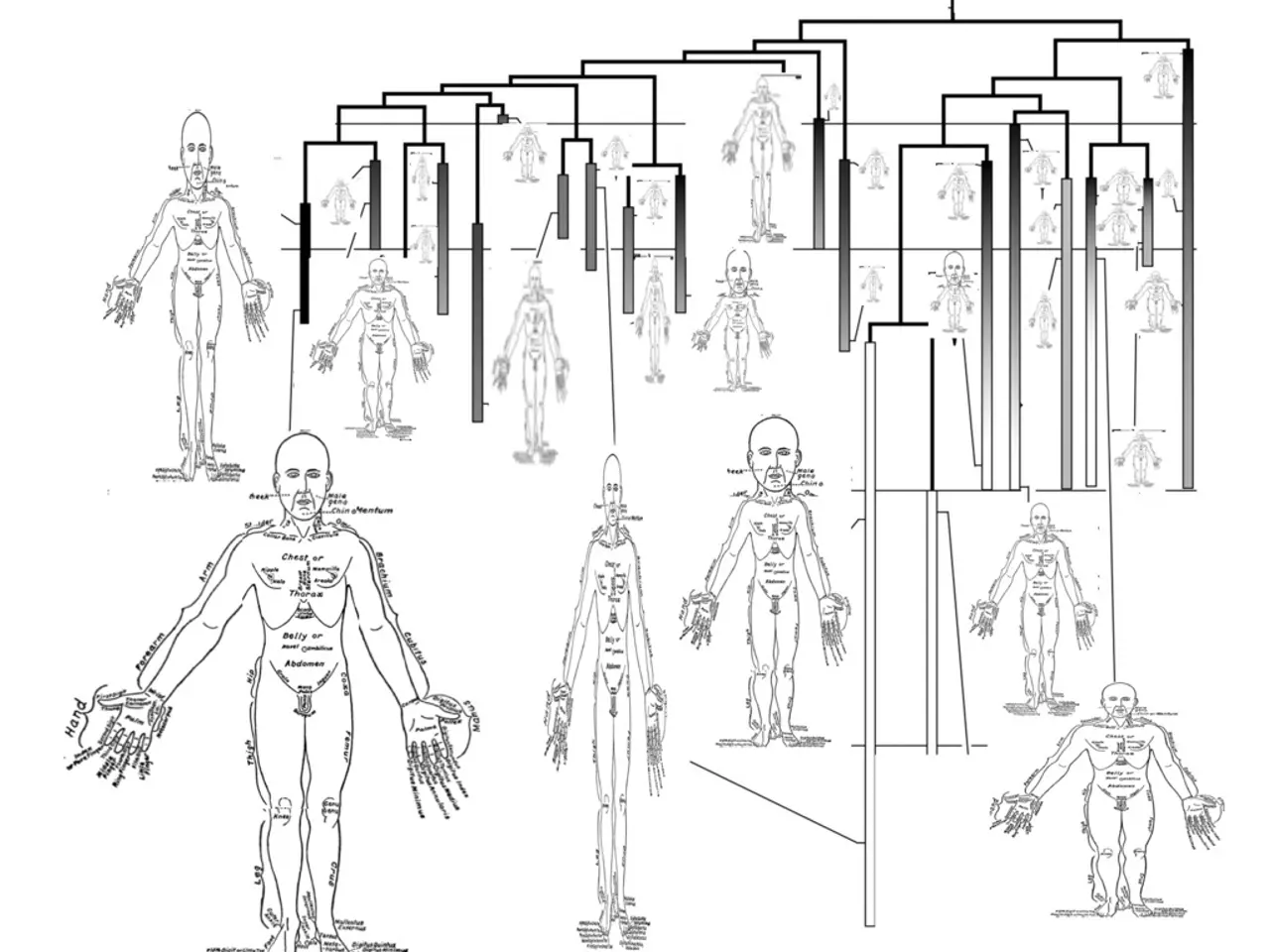Number of Ribs in Humans: A Look at Gender Differences and Anatomy
In the intricate world of human anatomy, variations from the norm are not uncommon. One such variation is the presence of supernumerary ribs, an anomaly that adds an extra layer of interest to our understanding of the body.
Supernumerary ribs, extra ribs beyond the typical 12 pairs found in humans, can occur in various contexts. While their prevalence in the general population is not well-defined, they have been noted in studies involving drug exposure in animal models and genetic syndromes.
The development of supernumerary ribs is believed to be influenced by genetic factors. They may be associated with developmental disorders or syndromes affecting bone growth and formation, although the specific genetic mechanisms are not extensively documented.
Ribs play a crucial role in our bodies, protecting vital organs such as the heart, lungs, part of the liver, and the spleen. They are flexible enough to expand and contract with a person's breath, thanks to the costal cartilage. The first seven sets of ribs, known as true ribs, connect directly to the sternum and thoracic vertebrae, providing robust protection. Sets 11 and 12, known as floating ribs, connect only to the thoracic vertebrae, offering a more limited but still essential protection.
Ribs 8 to 10, or false ribs, do not connect to the sternum individually but share a cartilage connection. This design allows for a more flexible chest, enabling deeper breaths.
Broken ribs, a common result of blunt trauma such as automobile accidents or falls, can cause significant discomfort. Symptoms include pain in the chest, particularly when coughing or breathing, tenderness or swelling around the affected ribs, and bruising on the skin near the ribs. Severe fractures can lead to complications like pneumothorax, a potentially life-threatening condition.
Another serious condition related to rib injuries is flail chest, which develops when neighboring ribs break in multiple places, making breathing much harder. In such cases, the broken edge of a rib can puncture through the pleural cavity and into the lung.
Supernumerary ribs, while rare, can develop on the neck or lumbar spine. A type of supernumerary rib, known as a cervical rib, is rarer in the general population but is more common in females than males. Cervical ribs can press on and constrict nerves and blood vessels, causing thoracic outlet syndrome.
It's important to note that there is no factual evidence to suggest that males have fewer ribs than females. Severe coughing can also cause ribs to fracture.
In conclusion, while supernumerary ribs are not commonly discussed as a standalone condition, they can occur in specific contexts. Their prevalence and health implications are not well-defined, and more research is needed to understand their significance fully. Meanwhile, understanding the role of ribs in our anatomy, from their protective function to their flexibility, provides valuable insights into our bodily structure and function.
- In the realm of genetics, supernumerary ribs may be associated with conditions like multiple developmental disorders or syndromes, even though the precise genetic mechanisms are not fully documented.
- Despite the general population's undefined prevalence, supernumerary ribs have been observed in studies related to drug exposure in animal models and genetic syndromes.
- Given their rarity, certain types of supernumerary ribs, like cervical ribs, can develop on the neck or lumbar spine and may cause conditions such as multiple nerve compression issues, like thoracic outlet syndrome, which is more common in females.
- Separate from supernumerary ribs, predictive science can help us understand various health-and-wellness conditions like obesity, diabetes, COPD, migraine, and multiple sclerosis, by analyzing risk factors and identifying patterns that may affect an individual's health.
- In addition to their protective role for vital organs, the role of ribs in health-and-wellness also extends to conditions like broken ribs, where complications like pneumothorax or flail chest can pose significant threats to a person's health.




